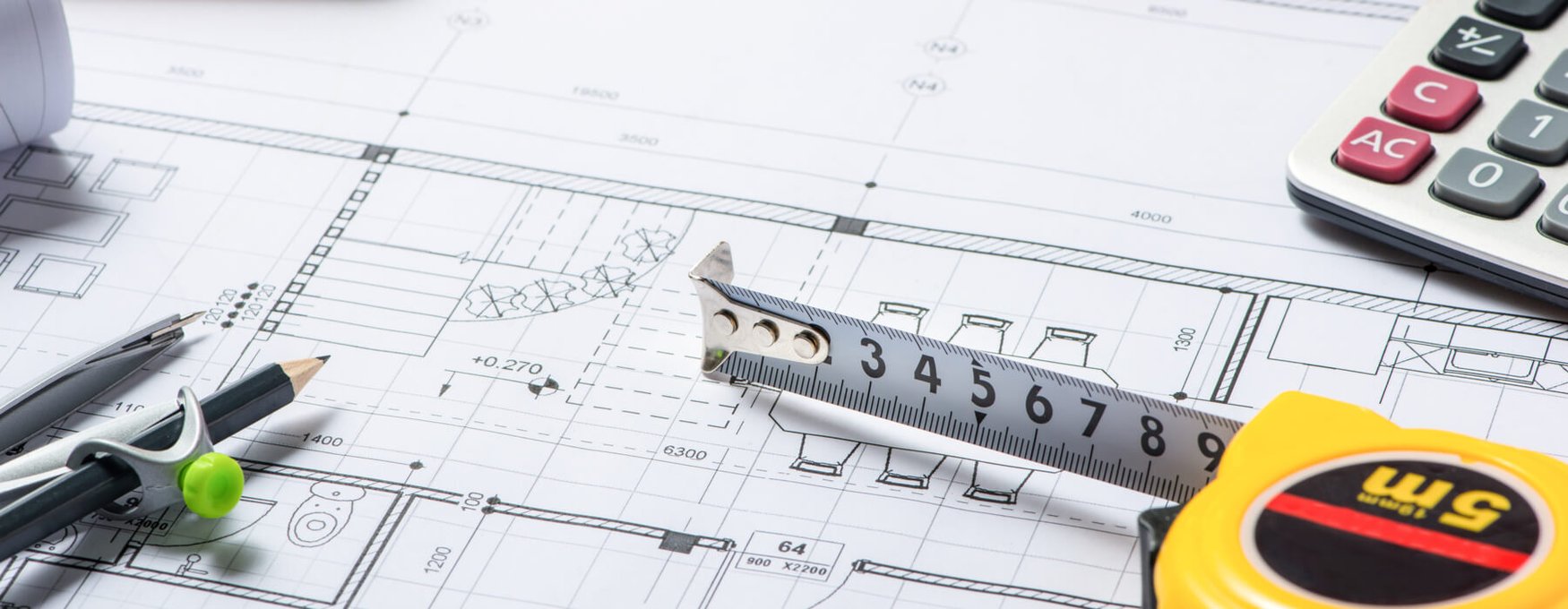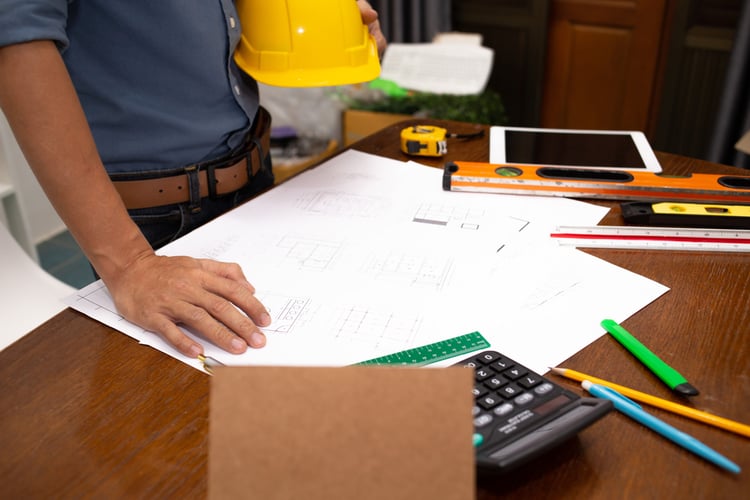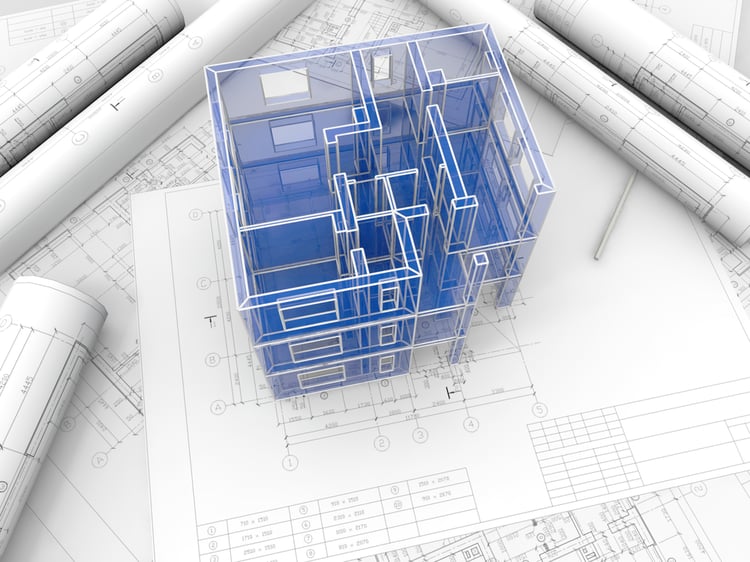Quantity Takeoff in Construction | A Complete Guide 2024

Before starting any building project, you must ensure that all materials are delivered to the construction site on time. However, this is only possible if you have a detailed list of materials and project inputs. This is where quantity takeoff comes into play: estimating quantities based on the information provided by construction drawings and other project documents.
Since quantity takeoff uses design documents as a starting point, design errors lead to incorrect estimates. You can avoid this by delegating the entire design and construction management process to a qualified engineering firm. This ensures a code compliant design, a quick approval with the local building department, and a construction process without cost overruns and delays.
Get an accurate and fast quantity takeoff service for your upcoming construction service.
An accurate quantity takeoff is also a valuable tool for procurement managers, since they can know the exact inputs needed during each stage of construction. Materials with long delivery times can be ordered in advance, making sure the project is not delayed by missing inputs. Purchasing materials efficiently has become especially important in 2022, since supply chains have been disrupted around the world.
What Is Quantity Takeoff?

Once you become familiarized with construction drawings, you can easily identify MEP components like air ducts, lighting fixtures, plumbing lines, HVAC units, etc. However, drawings don’t show the exact material quantities needed to install these systems. During the quantity takeoff process, a construction estimator will determine material quantities and other inputs needed to complete the project.
For example, a construction drawing may indicate the number and distribution of lighting fixtures in a large room, while specifying the branch circuits needed to power them. With this information, the takeoff estimator will determine the electrical materials needed and their quantities. The following are some materials you may find on the list:
- Conduit quantities and their respective diameters.
- Electrical fittings such as connectors, couplings, elbows, and conduit straps.
- Number of wiring rolls, including their gauge and insulation colors.
- Circuit breaker quantities and types.
- Clamps, hooks, and supports are needed by the lighting fixtures.
Knowing the number of lighting fixtures and branch circuits is not enough to buy the electrical materials needed. Once the quantity takeoff process is completed and you have a detailed list, you can proceed with purchases. Quantity takeoff will not only tell you the material quantities needed, but also inputs like skilled labor and equipment hours. This means quantity takeoff is also helpful for hiring specialty subcontractors or renting equipment.
Accuracy is very important for quantity takeoff, especially when dealing with materials that have high prices or long delivery times. If you overestimate expensive materials, the project cost can increase drastically. If you underestimate materials with long delivery times, and you need to purchase more during construction, the project can suffer major delays.
Manual Takeoff vs Automated Software Takeoff

Quantity takeoff has traditionally been a manual process, where an experienced estimator analyzes construction documents to determine material quantities and other inputs. However, modern design software offers automated takeoff, which is much faster than a manual procedure. However, there is a common misconception that software can replace a human takeoff estimator.
The software will process data based on the instructions given by the user, and this means that the wrong instructions will lead to incorrect results. To use quantity takeoff software properly, the operator must be familiarized with the process. Manual takeoff is also useful when you need to double-check software results, especially when dealing with critical building systems.
Generally, Building Information Modeling (BIM) software is capable of automated quantity takeoff. Based on the geometric building model and the material properties specified for each component, the software can generate bills of materials. By relying on software, construction estimators can handle more projects simultaneously. Instead of wasting many hours with manual takeoff, they can manage and review automated software takeoffs for multiple projects.
Fast & Accurate Quantity Takeoff: A Competitive Advantage for Contractors
Contractors who optimize their quantity takeoff procedure have a competitive edge. They can estimate project budgets more accurately, and they can submit offers before their competitors. An accurate takeoff also reduces financial risk, since contractors can know exactly how much they will spend on materials and other inputs before starting the project.
When the material requirements and inputs of a project are known accurately, construction managers can make sure everything is delivered on time. Generally, contractors are responsible for any costs they didn’t consider during the bidding stage, and they are penalized with hefty fines for missing deadlines. With an accurate quantity takeoff process, you can avoid both of these issues.

Anuj Srivastava
Anuj Srivastava is a principal partner at NY Engineers. He is known for his MEP franchise market knowledge. Anuj is currently leading a team of 100+ MEP/FP engineers and has successfully led over 1500 franchise projects in the US.
Join 15,000+ Fellow Architects and Contractors
Get expert engineering tips straight to your inbox. Subscribe to the NY Engineers Blog below.



